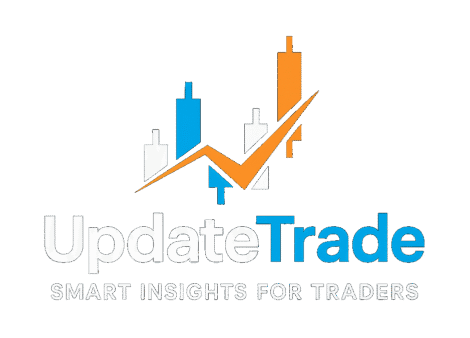As financial markets evolve, long-term trading success is increasingly shaped not just by strategy or technical skill, but by psychology, mental resilience, and overall well-being.This shift is especially visible in the fast-growing world of proprietary (prop) trading, where performance demands are high and trader mindset has become a core competitive advantage.
The Psychological Demands of Modern Trading
In today’s environment of rapid information flow and elevated market volatility, traders face intense emotional pressures. Staying composed is now as essential as executing the right trade.
Across the industry, traders are emphasizing:
-
Emotional discipline and self-regulation
-
Routine-based decision-making
-
Stress management and recovery cycles
-
Reduced personal financial exposure
-
Structured environments that support consistency
These priorities naturally align with the advantages offered by prop trading where traders use firm capital rather than risking their own, allowing them to trade with clarity and confidence.
Prop Trading’s Rise as a Preferred Model
Prop trading has become the go-to model for traders seeking scalability, performance focus, and lowered financial stress. With no personal capital required, traders can concentrate on execution instead of worrying about account drawdowns from their own pockets.
Key drivers behind the model’s popularity include:
-
Access to professionally funded accounts
-
Transparent evaluation processes
-
Predictable trading conditions
-
Fast capital scaling opportunities
-
Community-focused support structures
As a result, prop trading is increasingly seen as the optimal pathway for serious traders aiming for institutional-level trading conditions with personal freedom.
Prime Bullwaves: Setting a New Standard for Modern Prop Trading
Among the industry’s emerging leaders, Prime Bullwaves is distinguished for building a prop ecosystem specifically designed around trader psychology, resilience, and sustainable long-term performance.
Prime Bullwaves combines proprietary funding models with a transparent, trader-centric infrastructure ensuring that every trader, regardless of background, has the environment needed to perform at peak potential.
Adaptive Funding Through 1-Step and 2-Step Challenges
Prime Bullwaves offers two strategic pathways to funded trading, allowing traders to choose the process that best fits their psychological profile:
1-Step Challenge
A direct, fast-track evaluation designed for confident traders seeking accelerated access to trading capital. Minimal procedural steps, maximum speed.
2-Step Challenge
A more structured, traditional evaluation ideal for traders who prefer a disciplined, methodical, risk-managed approach to securing funding.
This flexibility empowers traders to enter a funding route that aligns with their mindset, style, and long-term trading goals.
Trader-Centric Conditions Built for Clarity and Stability
Prime Bullwaves is committed to conditions that reduce stress and promote consistency:
-
Transparent rules and funding criteria
-
Stable execution environments
-
Advanced market access and tools
-
Clear scaling pathways
-
Supportive, community-driven atmosphere
By optimizing transparency and execution quality, Prime Bullwaves minimizes unnecessary pressure and enables traders to operate with heightened confidence and control.
A More Sustainable Future for Traders
As the trading landscape continues to evolve, firms that pair robust funding opportunities with mental well-being support are setting the benchmark for long-term trader success. Prime Bullwaves is at the forefront of this movement, championing the idea that disciplined environments, psychological resilience, and transparent programs create healthier and more sustainable trading careers.
The future of prop trading belongs to firms that understand traders not just their strategies, but their mindset. And Prime Bullwaves is leading that future.
This article was written by IL Contributors at investinglive.com.







